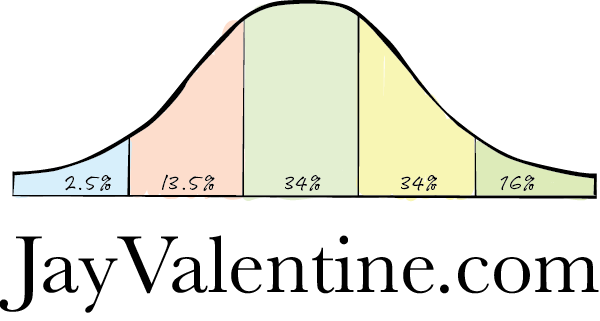
Several years ago, I was brought on to launch a territory in the Texas area for a struggling logistics software company. They had never sold a single deal in the region, had gone through 3-4 reps over 6 years and had nothing to show for it.
Their product was a highly specialized offering and was vital to some customers with definable characteristics.
The first thing I did was go to the marketing department and ask for “every lead, no matter how trivial, for the last 3 years.” They gave me various spreadsheets with over 7,500 line items. I defined a “lead” as any touch point—seminar attendance, webinar attendance, downloaded a $5 coffee coupon for filling out a survey.
The marketing department had no idea why I would look at old leads. Their first response was to offer to have their inside sales people call them. 7,500 calls would get us nowhere and take months. I had to find opportunities now.
The territory had no customers, no leads, not a single sales cycle in play. The previous rep came from I2, so she was just an order taker who could not find a new account with a road map.
The first thing I did was to create a spreadsheet and took off the obvious junk with to contact information.
Then I started sorting by company, within state noting the number of line items.
Interesting data began to appear. Wasn’t it interesting that for a company the size of Walmart, there had been fewer than 10 touch points in 3 years? But, equally interesting that the U.S. Postal Service had over 25 inquiries and almost all of them came from Kansas.
25 U.S. Postal people sending us requests from Kansas—maybe looking for Dorothy?
Other anomalies began to appear. I found a company in Phoenix with lots of hits, and another that had over 100.
So these became my prospecting starting point. My hypothesis was that before people buy a complex product, they nibble for knowledge. They poke around, often doing all they can to keep from the dreaded phone calls from vendors.
They want to learn before the engage. And their learning leaves tracks and those tracks are in the lists.
Within a week I called the person at the Postal Service in Kansas. He said they were looking to replace their entire parts logistics system and were making a decision in 90 days. That became my first sales cycle, closing for over $1.2 million for me in about 120 days.
The Phoenix company said they were issuing an RFP and we were not even on the list. We fixed that in a week and later closed the largest deal in our company’s history.
It was so large, it became the financial equivalent of a cash infusion without the loss of equity.
So when launching a territory or a startup, remember there are hidden buyers and they have nibbled at your offerings or those of related firms.
Many firms have 3, 6, 12 month or longer sales cycles—so an “OLD” lead might be a mature lead ready to take some action.
Often prospects hide because they do not want reps hounding them. They often use Gmail and Hotmail accounts to hide further.
Old leads are the crumbs left by the nibblers—and the nibblers take you to the buyer.
All you need to know is they are highly qualified, in a sales process with a competitor, and you are off to the races.
